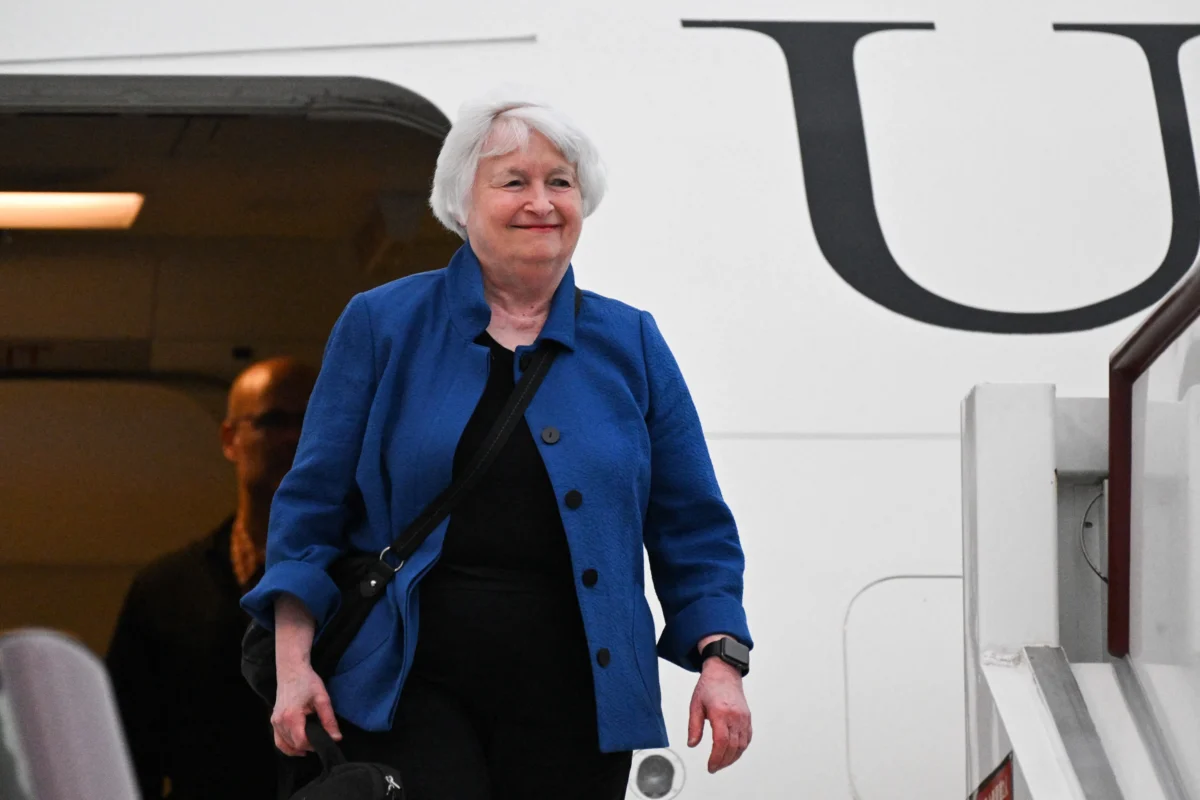The U.S. international trade deficit widened at a larger-than-expected pace and ballooned to the highest level in 10 months, according to new data from the Bureau of Economic Analysis (BEA).
In February, the trade imbalance increased to $68.9 billion from an upwardly revised $67.6 billion in January. This represented the largest shortfall since April 2023.
Exports climbed 2.3 percent to an all-time high of $263 billion, driven by shipments of civilian aircraft, crude oil, and soybeans. Exports of passenger cars dipped.
Imports also surged 2.2 percent to a 14-month high of $331.9 billion. Purchases of automobiles, household goods, mobile phones, and pharmaceutical preparations mainly fueled the rise in imports.
Additional BEA statistics highlight that the U.S. recorded surpluses with several markets, including Central and South America ($5.5 billion), the Netherlands ($4.3 billion), Hong Kong ($2.8 billion), and Australia ($1.6 billion). Conversely, the United States recorded sizable deficits with many other economies, such as China ($21.9 billion), the European Union ($17.6 billion), Mexico ($15.3 billion), and Vietnam ($7.6 billion).
The trade deficit has trended higher after falling to a three-year low of about $59 billion in August 2023. This is still far from the record trade gap of $102.5 billion in March 2022. In the fourth quarter, trade contributed 0.25 percent to the 3.4 percent GDP growth rate following two flat consecutive readings.
Economists warn that the latest trade figures could affect the first-quarter GDP data. The Federal Reserve Bank of Atlanta’s GDPNow Model estimate anticipates 2.5 percent growth from January to March.
State of Global Trade
In the aftermath of the coronavirus pandemic, the international supply chain was in disarray, resulting in higher shipping costs, delivery delays, and product shortages. Conditions have stabilized over the past year, although there have been several snafus in recent months.
Crisis in the Red Sea, bottlenecks at the Panama Canal, and the Baltimore bridge disaster are the latest headaches for the worldwide shipping industry. That said, the New York Fed’s measurements indicate relatively normal trade flows.
The regional central bank’s Global Supply Chain Pressure Index (GSCPI) has hovered around zero since October 2023.
Meanwhile, the current administration has attempted to diversify trade policy by relying less on China, developing better partnerships in the Asia-Pacific region, and encouraging more reshoring in the United States.
Treasury Secretary Janet Yellen, who will be visiting Beijing over the coming days, has insisted that the United States is not engaging in a decoupling but rather an initiative of de-risking.
Speaking to reporters on Apr. 3, Ms. Yellen noted that she plans to communicate the White House’s concerns surrounding the Chinese government flooding the global economy with cheap green energy technology, such as solar panels and electric automobiles.

“We need to have a level playing field,” she said. “We’re concerned about a massive investment in China in a set of industries that’s resulting in overcapacity.”
Critics have pushed back against the administration’s continued financial support of the International Monetary Fund (IMF) and an “unambitious” agricultural trade strategy.
Last month, the latest $1.2 trillion government funding bill included $21 billion for the IMF to support low-income countries as they attempt to bolster growth, stabilize their economies, and improve debt programs. Ms. Yellen has long advocated for more IMF funding to prevent China from exerting greater influence over the global body and gaining a stranglehold on vulnerable nations.
“Our leadership at these institutions is one of our core ways of engaging with emerging markets and developing countries,” Ms. Yellen told the House Financial Services Committee in June 2023.
While experts have advocated for sweeping reforms at the IMF and World Bank, U.S. Trade Representative Katherine Tai told a Council on Foreign Relations event in February that these efforts have been at the top of trade policy at home and abroad.
Agriculture Exports Slump
After soaring to a record high in the second quarter of 2022, U.S. agricultural exports have been venturing downward. In the October–December period, exports tumbled more than 4 percent year over year.
Overall, U.S. agricultural exports totaled $191 billion in 2023, down 10 percent from 2022 amid falling commodity prices and declining shipment volumes.
The U.S. Department of Agriculture (USDA) noted in a report that animal and grain exports have suffered the most significant declines, led by diminishing values of beef, corn, sorghum, and wheat.
“Global commodity prices receding from the highs of 2022, were one of the main drivers of the broad decrease in export values,” the USDA said.
Republicans have accused President Joe Biden of failing America’s farmers.
“Thanks in large part to the Biden administration’s almost complete inaction on trade, U.S. agriculture exports are declining,” said Sen. John Thune (R-S.D.) in March. “Last year, the United States posted a $16.6 billion agricultural trade deficit. And that trade deficit is projected to be nearly twice as large this year.”
“We expect trade to fluctuate in response to macroeconomic factors and market conditions,” GOP senators wrote in a March 14 letter to Ms. Tai. “However, the current sharp decline in U.S. agricultural exports is directly attributable to and exacerbated by an unambitious U.S. trade strategy that is failing to meaningfully expand market access or reduce tariff and non-tariff barriers to trade.”
Canada, China, and Mexico account for about half of all U.S. agricultural and related exports.
From The Epoch Times


